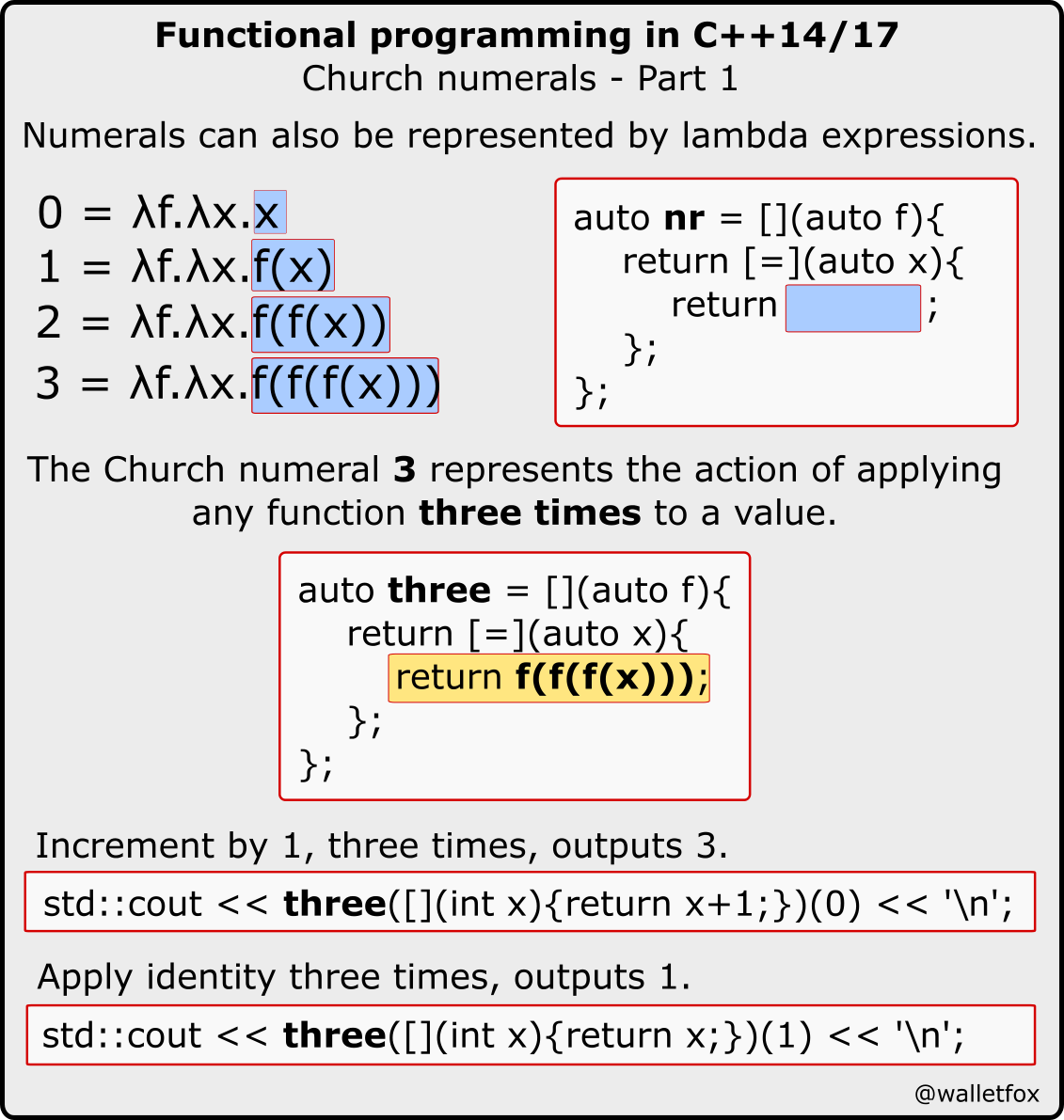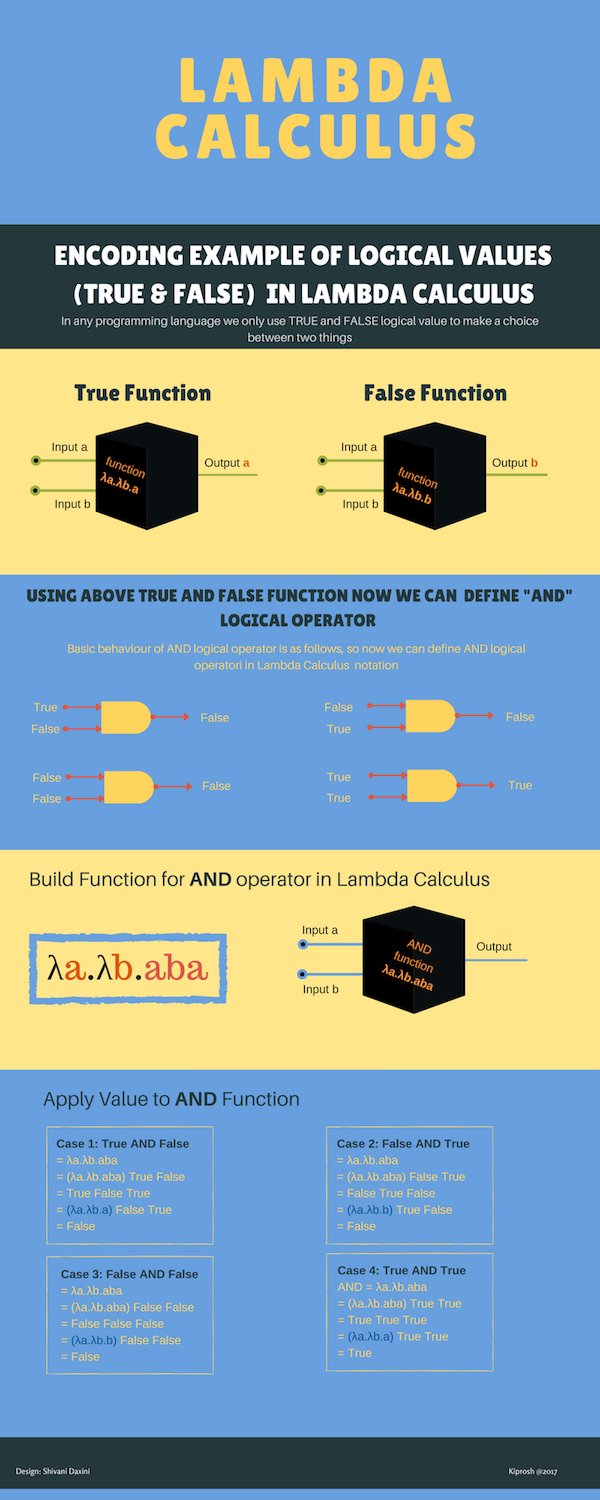

In fact, every set of equations that is closed under implication is the theory of a single Kripke model. EDIT: people have asked for some references on the equivalence between the terms 'Simply Typed Lambda Calculus' and 'Simple Type Theory.' When I said that, I didn't mean they were two different systems that admit some technical 'equivalence,' but rather that I have generally seen the two terms used interchangeably to mean the same thing, which is the thing defined in Alonzo Church's 1940 paper. While the traditional lambda calculus proof system is not complete for Henkin models that may have empty types, we prove strong completeness for Kripke models.

However, when viewed as cartesian closed categories, they do not have the property variously referred to as concreteness, well- pointedness or having enough points.

Variables type by looking them up in the typing context: Lambda abstractions type by. There are two constructors for the naturals, and they type as such: That is, is a natural, and for any term of type, has type as well. To those familiar with Kripke models of modal or intuitionistic logics, Kripke lambda models are likely to seem adequately ‘semantic’. To type -st, we define typing contexts mapping variables to types: Then the rules are as follows. In categorical terms, our Kripke lambda models are cartesian closed subcategories of the presheaves over a poset. We describe a more general class of Kripke-style models. The semantics of typed lambda calculus is usually described using Henkin models, consisting of functions over some collection of sets, or concrete cartesian closed categories, which are essentially equivalent. Moggi, Kripke-style models for typed lambda calculus, Annals of Pure and Applied Logic 51 99–124. I imagine that the answer to question is much harder.Mitchell, J.C. However, it's not an answer to question, because this is not an LPTS, because of the addition of extra axioms and $\beta$-reduction rules. Now, this is an answer to my original question, in the sense that this is something that it's reasonable to call a typed lambda calulus, which is consistent and Turing complete. But, for any variables $x,y$, it is not the case that $y : \ast \models x : y$, because we can interpret $y$ by $\emptyset$, so the system is consistent. It is straightforward to check that if $\Gamma \vdash A : B$, then $\Gamma \models A : B$, so this is a model of the system. We say that $\Gamma \models A : B$ if for all interpretations $v$, if $v \models x : C$ for all $(x : C) \in \Gamma$, then $v \models A : B$. It provides powerful tools for the study of homotopy theory and homotopy types.

Homotopy Type Theory Homotopy Type Theory, and dependent type theory in general, is an extension of simply typed lambda calculus. Now we say that an interpretation $v$ satisfies $A : B$, written $v \models A : B$, if $I_v(A) \in I_v(B)$. The untyped lambda calculus is the language of PCAs and allows one to simply prove many results about them. We have that for all terms $A$, $I_v(A) \in U_3$. The proof generally proceeds by assuming you have a term $\mathrm(B)$. If all well-type terms in the calculus $T$ are normalizing, then $T$ is consistent when viewed as a logic.
#TYPED LAMBDA CALCULUS CRACK#
Alright I'll give a crack at it: In general for a given type system $T$, the following is true:


 0 kommentar(er)
0 kommentar(er)
